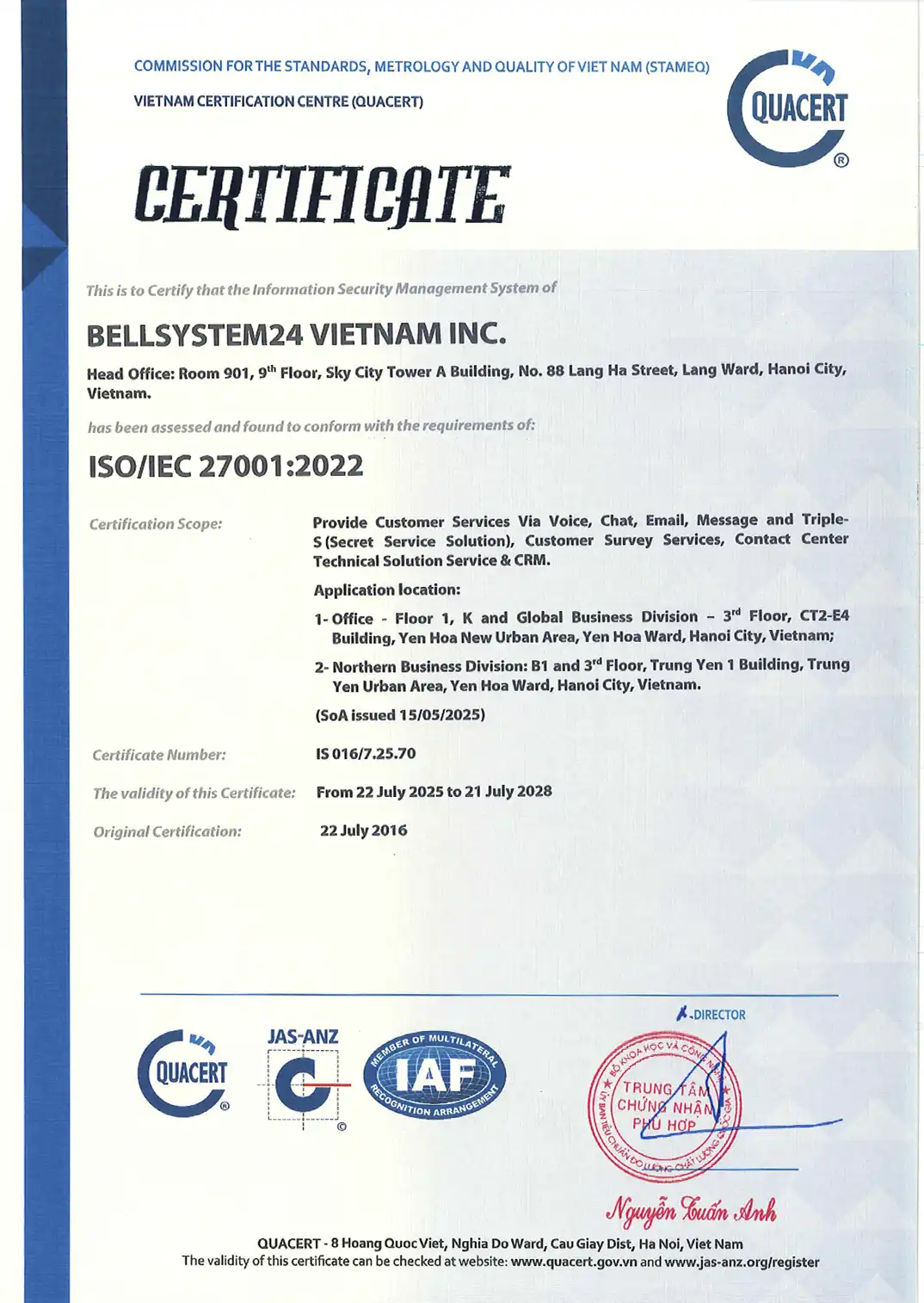Customer feedback will guide and inform your decision-making and influence your product roadmap. It is also essential for measuring customer satisfaction among your current customers.
Getting started on how customers can view products and support your company is very valuable. Today we will look at some of the most effective ways you can collect detailed information from current and future customers who have visited your website.
Customer feedback will guide and inform your decision-making and influence your product roadmap. It is also essential for measuring customer satisfaction among your current customers.
Getting started on how customers can view products and support your company is very valuable. Today we will look at some of the most effective ways you can collect detailed information from current and future customers who have visited your website.
Do you need to get feedback from your customers? Beacon is a tool that allows you to install it on any website in just a few minutes ➝
How to collect customer feedback
Before you start collecting feedback from customers, you need to be sure that you have clearly identified why you need to seek that feedback.
Outlining the process and desired outcomes is essential for gathering customer feedback intelligently; otherwise, you may blindly request feedback without understanding anything about your customers.
Before you begin, consider:
• What part of the user experience would you like to improve?
• What will you do with the data you collect?
• Which channel works best for your goals?
We will address this final question in the remainder of this post—a comprehensive analysis of the most effective ways to gather feedback from current and future customers.
1. Customer response email:
There is no doubt that email is one of the most valuable ways to gather honest customer feedback.
However, there are several ways you can improve how customers contact you via email to maximize the effectiveness of this channel, and all of these changes will create a better experience for customers.
The three key factors you should focus on to gather feedback via email are:
A. Ensure prompt responses to customers.
B. Create an organized customer feedback system.
C. Send direct follow-up emails.
A. The importance of ensuring response speed
A recent study published by a customer experience group in the United Kingdom revealed two very surprising statistics about customer feedback.
1. 43% of those surveyed said they did not complain/leave feedback because they did not think businesses cared. Is it surprising that most companies do not hear feedback from dissatisfied customers?
2. Among similar customers, 81% said they would be willing to leave feedback if they knew they would receive a prompt response.
As the statistics show, if you want to ensure you are getting honest feedback from customers, simply adding "We will get back to you AS SOON AS POSSIBLE" to your email will be quite effective.
B. Retain feedback via email
In a previous article about our workflow for managing feedback, I discussed how to use tools like Trello to create "boards" that your entire team can access and contribute to, ensuring that no good feedback is overlooked.
The article includes our detailed methods, but what you need to pay attention to is:
• Create boards in Trello titled "Product Ideas" (feature requests), "Next Up" (what's currently being worked on), and "Roadmap" (what you plan to work on).
• Create individual tabs within each board to categorize requests. For the Product Ideas Board, we use sections such as "Inbox" (new ideas), "Rejected" (discarded ideas), "Someday/Maybe" (good ideas, but not urgent), and "Implementation" (integration requests).
• Add email addresses to the card for those who requested the idea. For example, anyone who requested we upgrade the Report will be added to the list inside the card so they can be notified when the upgrade is complete. Here's an example (with emails removed for security):
2. Customer feedback survey
Designing a useful customer survey is not an easy task. There are many potential questions you can ask customers, but you must be careful in your approach.
One way the website has made surveys easier to collect is to let you check longer, more traditional surveys rather than shorter "slider" surveys that appear on the screen when customers browse your website:
For these short surveys, you can use tools such as Qualaroo (mentioned above) to ask a simple question or conduct a short poll, with the aim of gathering feedback from customers who are active on your website.
The most popular platform for conducting traditional, comprehensive surveys is Survey Monkey, which can be customized to accommodate any type of question. Keep in mind that if you want to create a functional customer survey—one that customers would actually complete—you need to ensure that your survey follows these proven guidelines:
• Only ask questions that meet your ultimate goal
• Develop smart, open-ended questions
• Each time you ask a question
• Balance and consistency of questions
• Avoid leading questions and excessive information
Be sure to check out this entire topic by reading this post.
3. Check usability
Usability testing requires more advance planning, but provides more detailed information than any other method listed here. It uncovers things that customers sometimes don't know they're thinking or struggling with, and often gives you a clear path to making the experience better.
In the Help Guide, we regularly switch to usability testing to get details for a specific process or feature. It may complete 90%, but good tests ensure that we get the final (most important) decision right, which is 10%. We have been working monthly on a new feature that will launch in the coming weeks and have extensively tested its usability with customers to get the perfect details. It has worked well, and we redesigned the entire thing to better suit customer expectations.
User testing is common for websites and web-based products, but the basic principles apply to any business. Suppose you run a gym. You give someone a free month to come to the gym 5 days a week and keep a journal about their experience. Examining your business through different lenses will help you discover small things that can make a big difference.
To begin testing usability, we recommend using Steve Krug's Rocket Surgery Made Easy. For web-based testing with casual customers, UserTesting.com does an excellent job.
Sign up for the Scouting Help Guide blog!
Join a group of knowledgeable people who receive carefully researched original articles on company culture, customer service, and building a better business every week.
4. Interviewing customers
Can directly reaching customers really be beneficial in receiving feedback from them? Absolutely. Understanding your customers is often easier when talking to them directly.
Direct customer engagement can also help fill the gaps that individual feedback tends to create. For example, as Lars Lofgren highlights in this article, if you offer an invoicing app and customers have repeatedly told you they want to customize the design, several things could happen here:
1. Your customers are primarily designers, and this customization aspect is crucial for brand building.
2. Your current design options are very limited.
3. They really only need to tweak a few minor parts.
There are a few important things to keep in mind when conducting these types of interviews, and the following tips from the Nielsen team can help you:
-Focus on the user's attitude. Explore how users think about the problem. Asking them what color the button should be won't help, but understanding their impressions ("This feature is too complicated") will allow you to change the features to solve the problem.
-Use the critical incident method. Ask users to recall specific instances where they encountered a particularly difficult use case or when something worked well.
-Ask about habits. Asking users how they usually do a task can reveal issues they may not even be aware of. If users navigate through four categories to do something they could do with a shortcut, then you have something to fix.
Since you can connect online with programs like Skype and even share your screen during an online meeting with tools like Join.me, don't let distance prevent you from interviewing with clients.
5. Public opinion polls
Listening through social media can be particularly useful for gathering honest feedback from customers. I refer to this method as "opinion polling" because direct comments or mentions on social media are not the only way your business can receive feedback.
Check out this quick poll conducted on Facebook:
In this case, a short poll on a very popular social network is highly meaningful; it is too brief to be a separate survey, and posting this question on the website would distract from much more important objectives.
Interaction on social media can be exaggerated, but in this case, social platforms can be used successfully and attract customers to visit your website.
6. On-site activities (through analysis)
What do your users want to tell you without directly telling you?
Sometimes the best feedback is found when users use your product honestly (and you don't ask them how they use it). To delve deeper into these types of details, you should turn to analytics to reveal how users interact with your website.
For example: suppose you are using content as a form of customer service. You may see that thousands of people are accessing your content to get answers to their problems. But have you looked at how they are using it?
If your FAQ section has an average time on page of 0:09 and a great bounce rate, you know something isn't clear. People are accessing your support content but clearly not using it.
In other cases, you may want to track how users are not signing up for your product. Brennan Dunn, founder of Planscope, recently discovered a weakness on his website by using the KISSmetrics analytics tool:
7. Feedback box
KISSmetrics' statement, one of the creative ways we see to measure user satisfaction with a specific page, can be found in how they implement feedback boxes at the bottom of specific pages.
KISSmetrics Product Manager Jason Evanish says that pop-ups and live chats often interrupt whatever customers are doing (and live chats require an employee to be present).
Instead, he found that comment boxes inserted at the bottom of the page attracted honest feedback without requiring staff to monitor or interrupt users as they browsed the site:
For technical details (and an overview) on how to implement these boxes, read this post by Evanish on the KISSmetrics blog.
Why is customer feedback important?
Your customer service team may know more about what customers are dissatisfied with than your product team. It will negatively impact growth if issues get stuck without a regular means of communicating feedback. A strong commitment to collecting, organizing, and sharing customer feedback plays a crucial role in driving your product and business forward.







